Ensuring Safety and Compliance:
 Ladder Specification in Domestic, Commercial and Industrial Settings
Ladder Specification in Domestic, Commercial and Industrial Settings
Whether in a domestic, commercial, or industrial setting, ladder safety is important. Falling from ladders is the most common injury in “do-it-yourself” situations, with nearly 1 in 10 resulting in an intracranial injury such as a concussion. According to the Victorian government, 36 people died in Australia from falls from ladders in 2020.
In a work setting, Safe Work Australia notes that working from heights is Australia's top cause of fatalities and serious injuries.Construction workers are most at risk, with falls from buildings or other structures accounting for the majority of deaths. These incidents serve as a reminder of the value of safety when specifying any method that allows people to access a space at a height.
Optimal Access:
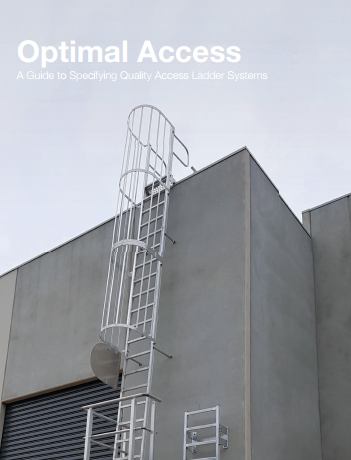 A Guide to Specifying Quality Access Ladder System
A Guide to Specifying Quality Access Ladder System
The risks of working from heights cannot be understated. According to Safe Work Australia, falls are among the leading causes of injuries and deaths in occupational settings.1 Between 2015 and 2019, 122 workers were killed following a fall from heights, with 16% of that figure being accidents involving ladder
In Australia, workplace safety law has established that it is the primary obligation of employers to provide a safe work environment, including providing safe means of accessing elevated workspaces. Accordingly, the specification of access ladders is an essential component to a workplace’s safety system for any work involving heights
High Stakes:
With research showing that roughly 5,000 Australians are hospitalised for ladder fall injuries each year and a 47% increase in these injuries between 2002 and 2012,
1. It’s imperative that designers and specifiers opt for high-performance ladder solutions that prioritise safety. Safe Work Australia has also noted that working at heights is one of the highest risk activities in the workplace, with 11% of all deaths at work occurring after a fall from height.
2. Statistics like these even led to the launch of a Government campaign in 2016 aimed at the highest-risk section of Australian society, older men, to educate them of the potentially life-threatening dangers of improper ladder use.
3. At the same time, a crisis of confidence has rippled through Australia’s construction industry following numerous high-profile compliance breaches in recent years. This led to the Building Minister’s Forum releasing the Building Confidence – Improving the effectiveness of compliance and enforcement systems for the building and construction industry across Australia report in February 2018 which included numerous recommendations on strengthening the effective implementation of the National Construction Code (NCC).
High Stakes:
The importance of safe ladder access when working at height cannot be understated. Ladder falls have been identified as both a leading cause of death for people working at height and a common cause of brain injury.2 This has led to ladder usage and working at heights becoming a heavily regulated domain - from Australian Standards to legislative and Government agency-based controls such as Occupational Health and Safety guidelines. As a general rule, the focus is on two areas: safe equipment and safe use.
While it is the responsibility of individual workers to ensure they use equipment strictly in the safest way possible, the reality is that this does not always occur. This issue is particularly prominent with portable ladders, which are commonly misused in order to decrease job time or minimise inconvenience.3 This means that fixed and pull down ladders are a safer option in commercial applications where ladder access is required.
Faila Group:
As a commercial builder with more than 20 years’ experience, Daniel Failla, owner of Failla Group, is an expert in constructing safe and accessible warehouses and factories. Over time, the Failla Group has developed an impressive portfolio of factories which it then leases to other businesses – and has built a reputation for high-quality, reliable construction.
Recently, Failla Group identified a need for its own, purpose-built warehouse and office, as both a headquarters and storage facility to house its construction vehicles, tools and form work. When an ideal location became available, in the prime industrial estate of Cain Avenue, in Melbourne’s Keilor East, Failla and his team set to work creating the ideal new base for the business.
Falling In Control:
Manufacturing and construction guidelines exist in order to guarantee a minimum acceptable standard of production. In Australia, the standards related to architecture and construction
specifically include the Australian Standards and the Building Code of Australia (BCA). In order to give specifiers and users confidence in their building products, the CodeMark Product
Certification Scheme (CodeMark) was created as a third-party offshoot of the BCA.
CodeMark is designed to evaluate and certify products utilised within the building supply chain that have been produced to an acceptable quality. Products with CodeMark certification reliably demonstrate that they “meet the specified requirements… for how the product is to be used in a particular class of building”.
University College:
Attending university is, arguably, one of the most exciting and transformative experiences. For many, university presents a first taste of living away from home – something that can prove both empowering and daunting, in equal measure.
At the University of Melbourne – where more than 6,000 students reside in university accommodation – creating a ‘home away from home’ for new students is paramount. University College, first established in 1917, is one of 10 residential colleges at the university, priding itself on providing the best possible college experience for students to ensure that they get the most from their university years – both socially and educationally.
Pivotal Business Estate:
From its beginnings as a brick and clay producing town, in the 1870s, Nunawading, Victoria, has a rich industrial history. Just 30 minutes’ east of Melbourne’s CBD, Nunawading remains an attractive location for many industries; however, despite increasing business demand, the area suffered from a lack of suitable commercial spaces.
In order to meet growing demand, an expansive new business park was proposed to replace a disused timber mill
in a prime location, at 125-135 Rooks Road. The new ‘Pivotal Business Estate’ – a collaboration between Prospect Property Developments and Armsby Architects – is a versatile blend of 31 warehouse, office and showroom spaces, across five buildings, providing a vital addition for the local business community.
Bang For Your Buck:
 In Australia, working at heights continues to be one of the highest risk activities in the workplace. The number of fatalities attributed to falls has consistently exceeded 20 people per year for the last 15 years. The very nature of working at elevated heights attracts an elevated degree of risk.
In Australia, working at heights continues to be one of the highest risk activities in the workplace. The number of fatalities attributed to falls has consistently exceeded 20 people per year for the last 15 years. The very nature of working at elevated heights attracts an elevated degree of risk.
In response, regulators are continuously looking at ways to reduce this particular cause of injury and death. A complex framework of building regulations, standards and workplace safety legislation has been enacted, setting out legal obligations in relation to providing safe access to ceilings and roof levels. These regulations provide design and performance requirements for access ladders, including the safety measures needed when working at heights.
Vertical Challenges:
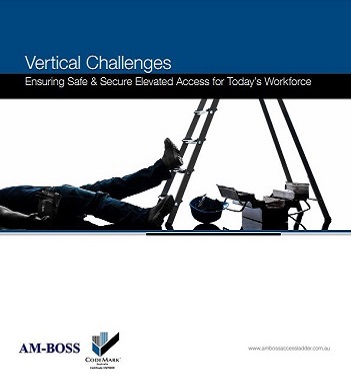 Ensuring Safe & Secure Elevated Access for Today’s Workforce
Ensuring Safe & Secure Elevated Access for Today’s Workforce
Portable ladders are part and parcel of today’s trade industries, providing ready access to elevated work areas and storage spaces. Yet, however common, all work undertaken from height carries an inherent safety risk for workers. Lamentably, freestanding ladders are implicated in a disproportionately high number of on-site injuries and deaths. In the eight years from 2003-11, Safe Work Australia reports that 37 workers were killed as a result of ladder falls – accounting for one in six fatalities from height.1
In Victoria alone between 2001-05, 4,553 patients presented to emergency departments after ladder falls, with 160 suffering severe trauma and 16 succumbing to their injuries. Indeed, despite ever-stricter OH&S regulations, studies show that the number of patients requiring hospital treatment for ladder-related injuries continues to rise. Under Section 19 of the Worker Safety Act, employers are legally obligated to ensure the ‘health and safety of workers is not put at risk from work carried out as part of the conduct of the business’.
Taking Roof & Attic Access to the Next Level of Safety:
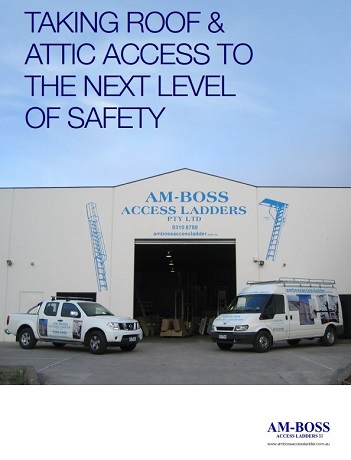 Across the country, the popularity of attics and accessible roof spaces is on the rise, as population density in major cities grows and space increasingly comes at a premium. This coincides with a trend toward renovating instead of relocating. Domain reports that between 2015 and 2016, the percentage of Australians relocating fell from 5.2% to 4.5%.
Across the country, the popularity of attics and accessible roof spaces is on the rise, as population density in major cities grows and space increasingly comes at a premium. This coincides with a trend toward renovating instead of relocating. Domain reports that between 2015 and 2016, the percentage of Australians relocating fell from 5.2% to 4.5%.
Meanwhile, the annual spend of Australians who are opting to renovate has cracked more than $7 billion, according to The Australian Financial Review. The figure is expected to grow,
with the value of alterations and additions across the country anticipated to rise by 6.8% in 2018-19.4
As more people decide to renovate rather than sell up when their preferences or needs change, attics and accessible roof spaces are becoming popular solutions for those searching
for more space. Converting roofs and attics into a usable and accessible space is an ideal way to unlock unused space for storage or living.


 Ensuring Safety & Compliance
Ensuring Safety & Compliance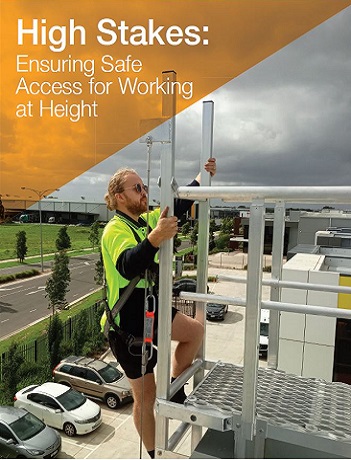 High Stakes
High Stakes 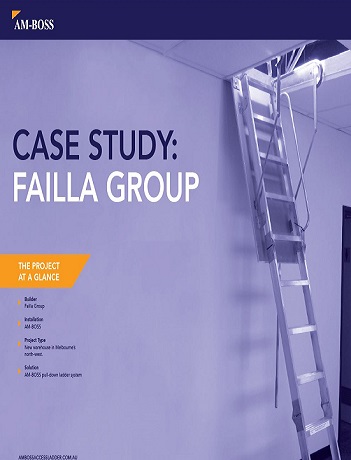 Faila Group
Faila Group Background
Background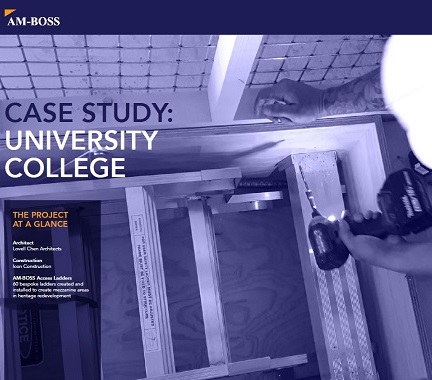 Background
Background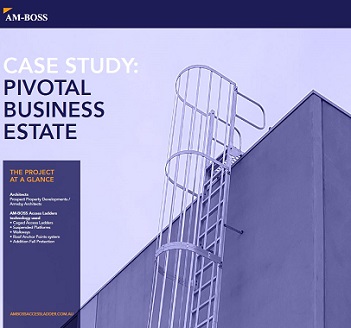 Background
Background